
Maine Oyster Guide
It might surprise some that there are only five unique species of oysters in the United States – and from Maine to the Gulf of Mexico, the champion is the common Eastern Oyster, or Crassostrea virginica. This Eastern Oyster has many different market names (think “Wellfleets” “Blue Points” “Dodge Coves” etc.) so named after where they come from, and while they are all the same species, each oyster differs from state to state, and from cove to cove. We contend that the cold-water Maine Oyster's, robust, deep cupped, textured and full of briny “liquor” are the best oysters you can find.
History of Oysters in Maine

The prehistoric middens (piles of ancient shucked oyster shells) that still dot some Maine riverbanks are a testimony to the abundance of wild oysters that once thrived in our waterways. These middens, some the size of small hills, date back over 2,500 years ago, when the indigenous Native People feasted on them in great numbers. About 1,000 years ago, scientists speculate that a combination of rising water levels, predation from marine snails known as oyster drills, and dramatically colder water temperatures all combined to decimate the native oyster population. Even the few surviving pockets were likely destroyed by manmade river pollution that started with the European settlement and eventual shipbuilding along the coast of Maine. It wasn’t until the 1990’s when a few daring aquaculturists introduced “seed” (cultivated juvenile oysters – or “spats”) back into sheltered river inlets that the Maine oyster population was rejuvenated. Today, Maine oyster farmers harvest well over an estimated 3 million oysters a year – a number that doesn’t even keep up with the growing demand.
Maine’s Ideal Oyster Growing Environment

Winterpoint Oyster Farm Oysters being Cleaned Many factors contribute to Maine’s unique oyster flavor, beginning with its geography. Unlike the other coastal New England states such as Massachusetts’ Cape Cod Bay or Connecticut’s shoreline on Long Island Sound, Maine’s coast is comprised of many long and rocky “fingers” that form estuaries where freshwater rivers collide into the Atlantic Gulf of Maine. Upriver, these jagged fingers house tidal coves ideal for raising oysters, providing shelter from Maine’s strong tides, reducing the severity of the icing in the winter, and offering stable sea beds at optimal growth depths. The Maine oyster’s coveted “brininess” is a product of the varying degrees of water salinity which stems from tidal flow, the site’s proximity to the ocean, and the varying levels of brackishness where the fresh river water meets the sea. The levels of briny flavor can, therefore, differ dramatically from oyster to oyster. Maine’s frigid, clean ocean waters and strong tidal movements are ideal for oyster growth. Moving plankton, nutrients and trace minerals, as well as the purity of the cold waters minimizes diseases found in Southern warmer water oysters – even as close as Southern New England.
Oysters grow much slower in these colder waters, often taking 3‐4 years to become market sized, compared to the Gulf of Mexico oysters that often only need a year. This increased growth time allows the oysters to mature longer and have a greater depth of flavor. Maine’s waters are so cold that very often the water does not get warm enough to trigger natural spawning, and the oysters have adapted to the cold conditions by storing glycogen ‐ essentially “fattening up” prior to a sort of winter hibernation ‐ making the Fall and Winter harvest among the most desirable as they become even more plump and sweet. The cultivated Maine oyster’s adaptation to the cold, even freezing, waters results in harder shells with deeper cups ‐ the ideal “served on the half‐shell” delicacy.
Boutique Oyster Farms of Maine

Maine Oyster Farming is a small production, hands‐on business, and our harvesters take great pride and care in what they do. Due to the artisanal nature of these small farms, along with the harvest seasonality and long grow‐out periods necessary to raise oysters to market size, the annual demand for Maine oysters far exceeds the harvest. Consequently, they command high prices – especially during the Summer months when vacationers are seeking out fresh New England seafood. Currently, there are only about 15 major growers in the state, although smaller, part‐time aquaculturists are on the rise. Most of these growers are actually family‐run companies sited on family land and leasing the tidal growing areas from the State of Maine. Production can be seasonal as many do not (or really cannot) harvest in the heavy depths of a Maine winter when the rivers have iced significantly and well below freezing air temperatures threaten the oysters’ out of water survival.
Winter Point Oyster Farm in Bath, Maine While their methods may vary, all growers start with hatchery‐grown “seeds” that are as small as a grain of sand. They are placed “nursery” upwellers until they mature to size (usually about the size of a quarter), and then are “planted” in beds on the river floor (some farmers float oysters instead in cages or racks, although this practice not common in Maine). The oysters are allowed to grow to size, raked or even hand‐harvested during collection, and finally floated in wet storage prior to sale to purge the oysters of any grit. Oyster farming is a combination of patience, knowledge, and hard physical labor. Before being bagged, most oysters have their shells cleaned and are graded for quality and size by hand. Oysters are usually sold in sizes, with “Cocktails” being 2.5 ‐ 3 inches long, “Selects” about 3‐4 inches, and “Jumbos” over 4 inches each The Damariscotta River estuary in Maine is the largest site for oyster growth. Oyster companies name their products from the areas in which they are grown.
Oyster farming has an extremely low impact to the environment and is considered “restorative” as they grow naturally and are filter feeders that help “clean” the water. No matter the area or size, most Maine oysters have strong, hard shells, plump and full meats, and the beautiful briny and sweet flavor of the clean sea. Often their environment can impart distinct flavors, ranging from slightly metallic to notes of “citrus”. They are a true local, all natural delicacy – and uniquely Maine in flavor!
Featured collection
Maine Oysters
25 oysters. Live. When it comes to oysters, Maine has some of the finest in the world. The skill of our oyster farm partners, combined with the col...
View full detailsLittleneck Clams
50 clams. Live. Littleneck clams, also known as small cherrystone clams, or small quahogs, receive their name "littleneck" for the spiral-shaped po...
View full detailsMaine Belon Oysters
25 Oysters. Live. Local delicacy Rare find Impress the oyster aficionados in your life As oysters go, Maine belon oysters are a special and delic...
View full detailsMaine Gold Mussels
Approx. 5 pound bag. 25-30 mussels per pound. Live. Local to Browne Simply beautiful Maine Gold Mussels look and taste delicious, all while helpi...
View full detailsMaine Mussels
Approx. 5 pound bag. 18-20 mussels per pound. Live. The blue mussel is a New England staple. We source from Bangs Island Mussels where they are rop...
View full details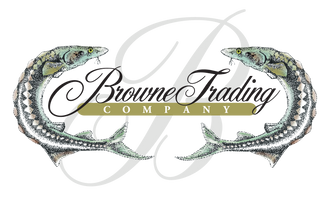

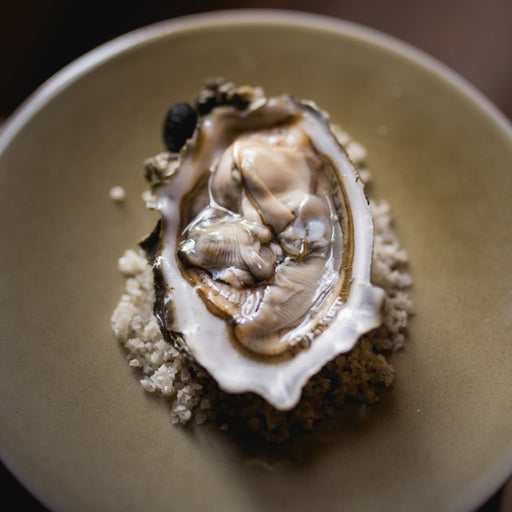

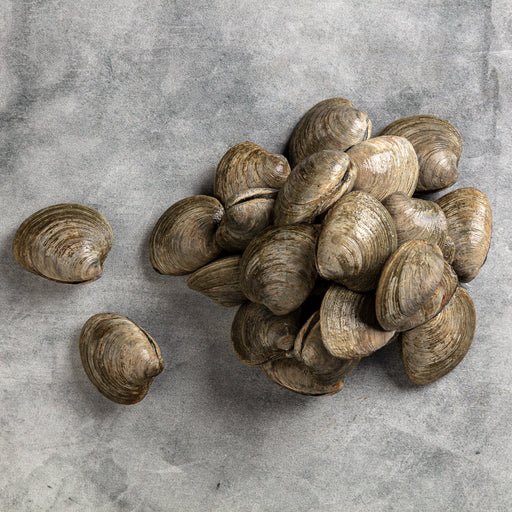
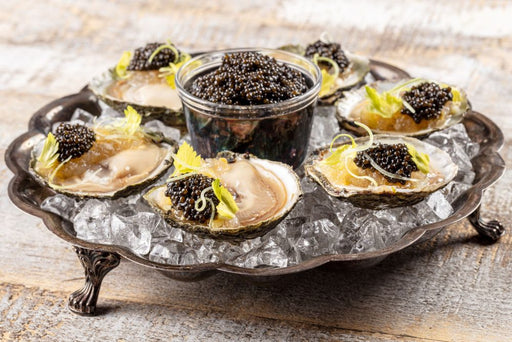
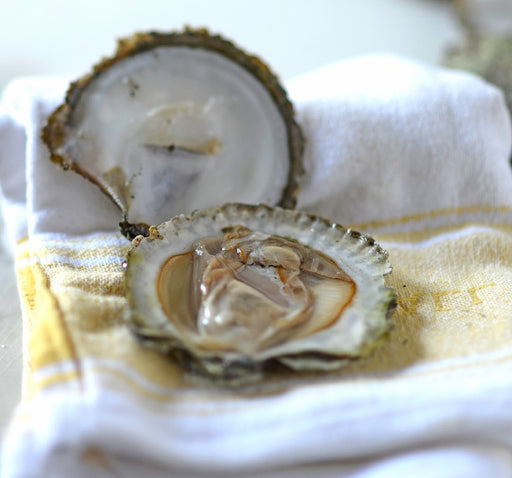



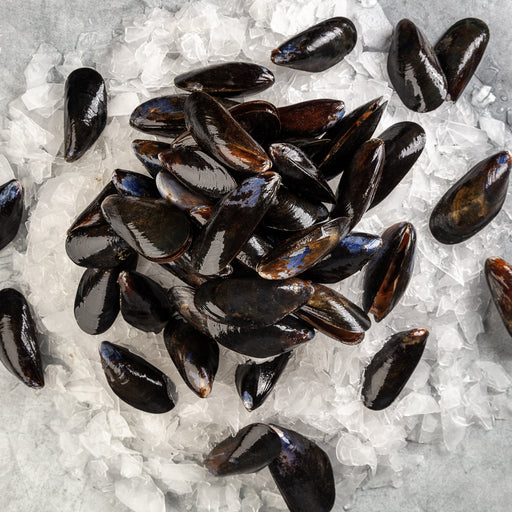
Leave a comment